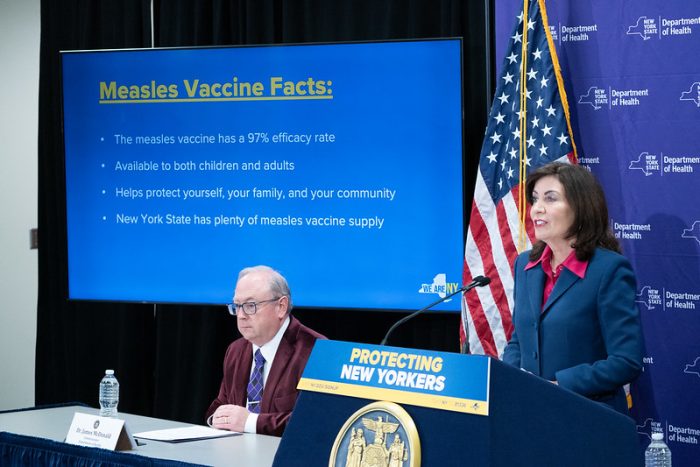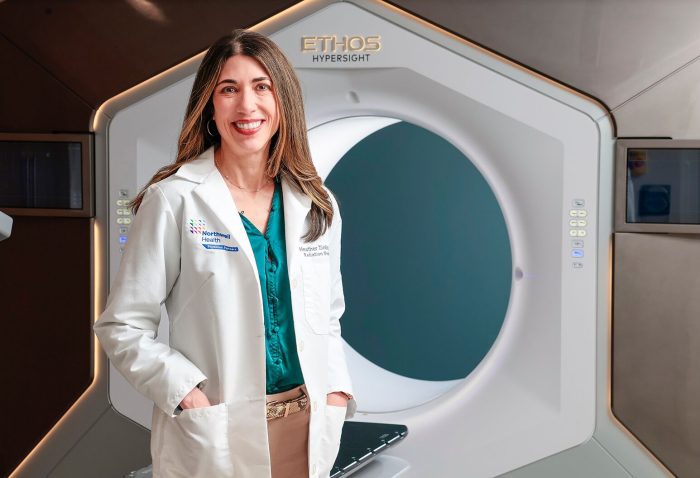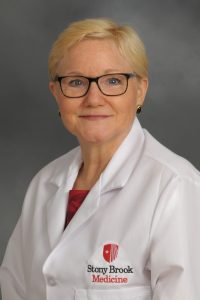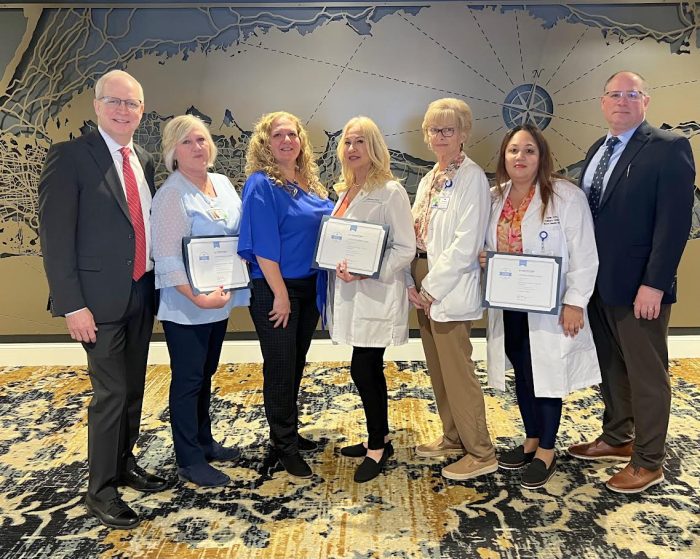By David Dunaief, M.D.
As I wrote last week, exercise is not the sole solution for weight loss. However, it can improve our outcomes with diseases and other health issues. It may also play a significant role in altering how our genes express themselves. The list of conditions it can improve includes diabetes, kidney stones, osteoarthritis, cardiovascular disease and breast, colorectal and endometrial cancers (1).
Even knowing all the positive impacts, motivating yourself to exercise can be difficult. There are some simple ways to motivate yourself during exercise. One study showed that those who repeated positive mantras to themselves during exercise were able to continue for longer periods (2).
Why is this so important? Because we are too sedentary. According to data from the 2017-2020 Behavioral Risk Factor Surveillance System, New York had among the highest levels of physical inactivity in the U.S., at 25.9 percent of the population (3).
Can exercise alter your genes?
While it may not change our genes, exercise may change how our genes express themselves.
One study’s results showed that, when participants exercised for six months, many thousands of genes in fat cells were affected (4). During the study, previously sedentary men took a one-hour spin class twice a week. According to the researchers, this exercise affected genes involved in storing fat and in risk for subsequent diabetes and obesity development. The participants also improved other important health metrics, including cholesterol, blood-pressure, fat percent and, over time, waist circumferences.
Epigenetics is when lifestyle changes ultimately lead to changes in how genes express themselves, turning genes on and off. While this effect has been shown with dietary changes, this is one of the first studies to show that exercise also impacts our genes. It took only six months to see these numerous gene changes with a modest amount of cardiovascular exercise.
Need more inspiration? Another study showed considerable gene changes in muscle cells after one stationary bike workout (5). Yet another introduced six weeks of endurance exercise to healthy, but sedentary, young men and identified an abundance of genetic changes to skeletal muscle, which broadly affects physical and cognitive health (6).
How does exercise affect cardiovascular disease?
One meta-analysis examined 57 studies that involved drugs and exercise. It showed similar mortality benefits with statins and exercise for patients who already have coronary heart disease (7). Both statins and exercise reduced the risk of mortality by similar amounts. The same study also showed that, for those with pre-diabetes, it didn’t matter whether they took metformin or exercised — each had the same effect.
While these results are exciting, don’t change your medication without consulting your physician.
Exercise and kidney stone prevention
Passing a kidney stone can be excruciating. Most treatments involve taking pain medication and fluids and just waiting for the stone to pass. Honestly, the best way to treat kidney stones is to prevent them.
The Women’s Health Initiative Observational Study involved 84,000 postmenopausal women, the population most likely to suffer from kidney stones. It found exercise reduced kidney stone risk by as much as 31 percent (8). Even better, exercise intensity did not alter its beneficial effect. What mattered more was exercise quantity. One hour of jogging or three hours of walking got the top results; however, lesser amounts of exercise also saw substantial reductions.
Exercise can have strong influences on the way you feel; however, it may also influence your genes’ expression and, ultimately, affect the development and prevention of disease. In certain circumstances, it may be as powerful as medications and, in combination, can pack a powerful punch.
References:
(1) JAMA. 2009;301(19):2024. (2) Med Sci Sports Exerc. 2013 Oct 10. (3) cdc.gov. (4) PLoS Genet. 2013 Jun;9(6):e1003572. (5) Cell Metab. 2012 Mar 7;15(3):405-11. (6) Mol Metab. 2021 Nov;53:101290. (7) BMJ. 2013; 347. (8) JASN. 2013;24(3):p 487-497.
Dr. David Dunaief is a speaker, author and local lifestyle medicine physician focusing on the integration of medicine, nutrition, fitness and stress management. For further information, visit www.medicalcompassmd.com or consult your personal physician.


















